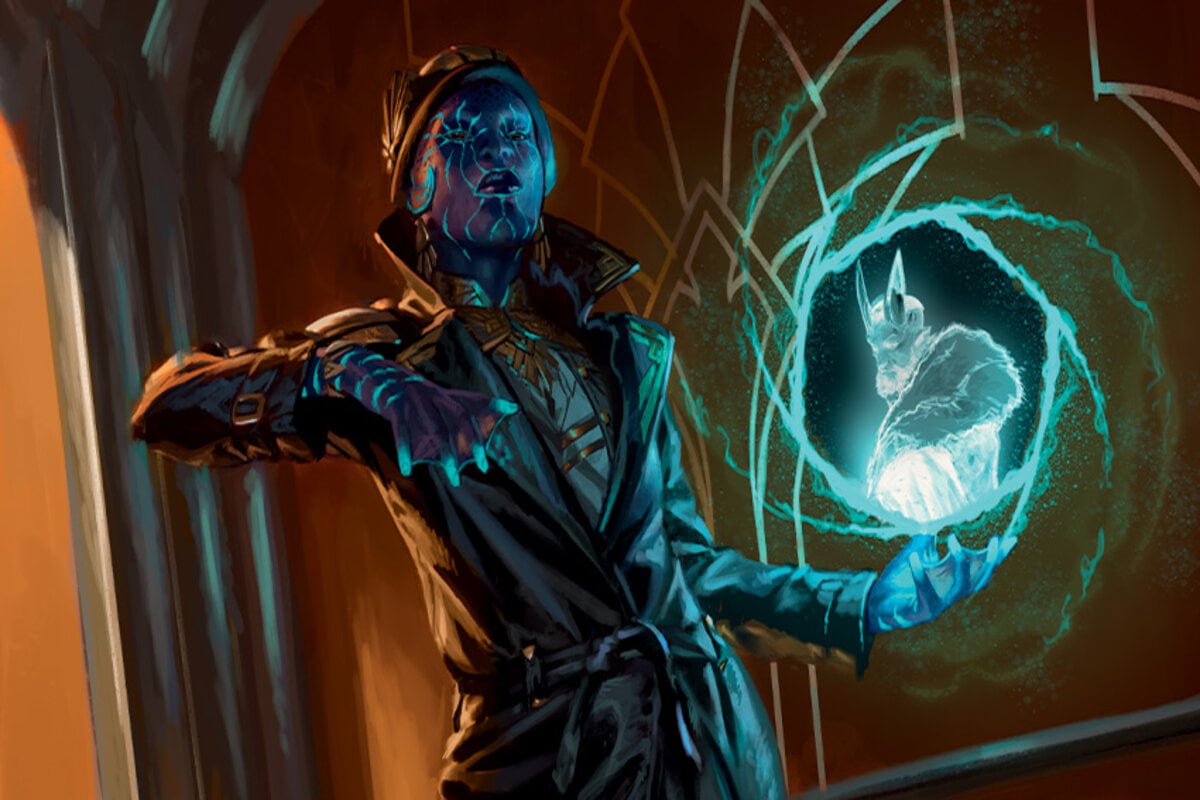
The Magic: The Gathering (MTG) market constantly evolves, with card prices fluctuating based on metagame shifts, reprints, and player demand. For savvy players and collectors, spotting undervalued cards before they rise in price can be both a strategic advantage and a profitable investment.
If you are looking to enhance your collection, trade for value, or make financial gains, you need to understand that the factors that drive a card’s price are crucial. By analyzing gameplay trends, card synergies, and market patterns, you can then identify hidden gems before they become highly sought after.
One of the best ways to spot undervalued cards is by monitoring shifts in the game’s metagame. When new sets are released, certain cards that previously saw little play can suddenly become valuable due to new synergies or interactions. For example, if a new deck emerges that relies on a previously overlooked card, demand will spike, and prices will follow. Keeping an eye on tournament results, MTG Arena trends, and decklists from competitive formats like Standard, Modern, and Pioneer can give you an early indicator of which cards might be poised for a price increase.
Another key factor in identifying undervalued cards is assessing supply and demand. Cards from older sets with limited print runs tend to appreciate over time, especially if they haven’t been reprinted. Additionally, powerful cards that see play across multiple formats, such as Commander and Modern, often hold long-term value. Checking price history on sites like MTGGoldfish or MTGStocks can help you track price trends and determine if a card is at a low point before an inevitable rise. Cards that are currently cheap due to reprints but still see heavy play can be excellent long-term investments.
Commander (EDH) is another major driver of MTG finance, as it is the most popular casual format with a constantly expanding player base. Many undervalued cards become staples in Commander decks before their prices increase significantly. Cards that provide unique effects, strong synergies, or flexible utility in multiple deck archetypes are strong candidates for future price growth. If you notice a card frequently appearing in EDH decklists but still sitting at a low price, it may be a great pickup before demand catches up.
Ultimately, staying informed and acting early are the keys to profiting from undervalued MTG cards. By keeping up with set releases, metagame changes, and market trends, you can make informed decisions about which cards to acquire before they become expensive.
Following MTG finance communities, watching for tournament results, and leveraging online pricing tools will give you a competitive edge in identifying hidden gems. By the level of importance whatsoever, whether you’re a player looking for cheap staples or an investor aiming for financial gains, mastering the art (though not 100%) of spotting undervalued cards can significantly enhance your MTG experience.
Thanks for reading and until the next blog post.
